The practice of sterilizing baby bottles has long been a staple of newborn care, rooted in eras when water supplies were more questionable. However, the consensus among health experts today is that this ritual is often unnecessary for most families. Modern water systems ensure that tap water is generally safe for cleaning baby feeding equipment without the need for sterilization. Unless your water source is suspected of being contaminated, or your baby is particularly vulnerable due to health conditions, regular washing with hot, soapy water is sufficient for keeping baby bottles clean and safe for use.
This shift in perspective is supported by health authorities and parenting experts who emphasize that sterilizing bottles, nipples, and water might be an extra step that offers little additional protection against bacteria or illness for most infants. The key is thorough cleaning and proper drying of feeding items, practices that effectively mitigate the risk of bacterial growth. For parents, this means less time spent boiling water or managing sterilizers, less wear and tear on your bottles, and more time focusing on the joys and challenges of raising a baby. Embracing this updated advice can simplify your baby care routine while maintaining a safe and healthy environment for your little one.
The Science Behind Sterilization
What Does Sterilization Do?
Essentially, sterilization kills bacteria and germs. This process was crucial back in the day, when water and milk quality were not at par with today's standards. However, with improved public health measures and the quality of tap water in many places, the absolute need for sterilizing bottles every single use has significantly diminished.
The Immune System and Exposure
Building your baby's immunity is a critical part of their development. Exposure to everyday microbes can actually be beneficial. This ties into The Hygiene Hypothesis, which suggests that some exposure to germs and dirt strengthens the immune system, rather than weakening it.
Practicality and Parenting
Parenting is hard, and the realities of parenting include juggling a multitude of tasks. Balancing cleanliness and sanity means finding practical routines that ensure your baby's safety without adding unnecessary stress.
Alternatives to Sterilization
Instead of sterilizing, focus on safe washing techniques. Warm soapy water and a thorough rinse can be just as effective for daily use. Reserve sterilization for specific situations, which might include illness or a compromised immune system.
What Experts Say
Current pediatric advice leans towards recommending sterilization less frequently than in the past. This is backed by insights from immunologists, who support the idea that a sterile environment is not always beneficial.
When to Sterilize Baby Bottles
- New and Second-hand Bottles: New bottles, despite appearing clean, may harbor bacteria from manufacturing and handling processes. Similarly, second-hand bottles carry a history of exposure and require sterilization before first use.
- Daycare Exposure: Babies in daycare are at a higher risk of germ exposure due to the communal nature of care. Daily sterilization of bottles used in daycare settings can minimize illness transmission.
- Vulnerable Infants: Babies under two months old, those born prematurely, or with weakened immune systems need extra protection that sterilization provides.
- Compromised Water Sources: In areas with known water contamination issues, sterilizing bottles becomes even more critical to ensure safety.
How to Sterilize Baby Bottles
There are many ways to sterilize your bottles. We'll break them down in order of preference, based on convenience and longevity.
Sterilizing Bottles in the Dishwasher
That's right, if you use a dishwasher with a hot water cycle and a heat/sanitize drying option, your bottles will be effectively sanitized without the need for any other secondary method. Here's the process:
- Pre-rinse Bottles: Remove any residue by rinsing bottles under warm water.
- Use the Dishwasher: Load the bottles, setting the machine to a hot wash and heated dry cycle.
- Completion: Once the cycle finishes, the bottles are ready for use.
Boiling Method
A straightforward and traditional method requiring no special equipment:
- Clean Thoroughly: Wash all bottle components with soap and hot water.
- Boil Water: Fill a large pot with enough water to cover the bottles completely.
- Sterilize: Place the bottles and parts in the boiling water for three minutes.
- Dry: Use clean tongs to remove the items, allowing them to air dry on a clean towel.
We exclusively recommend the dishwasher and boiling methods for BuubiBottle Hybrid Feeding Bottles. More on that below.
Steam Sterilization
While steam sterilization can be highly effective, purpose-built steam sterilizers are often inconsistent in terms of temperature which can lead to ineffective sanitization, and excessively long heating cycles which can damage your bottles and parts. If you use a dedicated steam sterilizer:
- Clean Components: Disassemble and wash all parts of the bottle.
- Use a Steamer: If you have an electric steamer, follow the manufacturer's instructions. Without one, you can use a pot with a steaming basket.
- Steam and Dry: Ensure the bottles are exposed to steam for the recommended time, then allow them to dry.
We do not recommend sterilizing Quark baby bottles using this method. Our BuubiBottle Hybrid Feeding collection is made from Tritan EX501 - an exceptionally safe plastic - with a maximum temperature resistance of 110ºC (230ºF). Many steam sterilizers can reach above this temperature, which can irreversibly damage your bottles.
Bleach Sanitization
When other methods are not an option, bleach is a powerful alternative. While most people would scoff at the idea, this is actually a CDC recommendation. To sanitize using bleach:
- Prepare Solution: Mix two teaspoons of unscented bleach with one gallon of water.
- Submerge and Soak: Fully submerge bottles and components in the solution for at least two minutes.
- Air Dry: Transfer items to a clean towel to air dry without rinsing.
The Bottom Line
The Key Takeaways are clear: Sterilizing baby bottles for every use is likely unnecessary. Making informed choices for your family involves understanding when it's beneficial and when it's simply adding more to your plate.
Conclusion
The evidence points towards easing up on the sterilization of baby bottles. Not only does it offer practicality for parents, but it also supports the development of a healthy immune system in babies. As with all parenting advice, it's about finding what works for you and your baby, ensuring their health and happiness.
FAQs
-
Is it ever necessary to sterilize baby bottles? Yes, in specific situations such as a newborn's first few weeks, if the baby is ill, or if there's a concern about water quality.
-
Can regular dish soap and hot water replace sterilization? Yes, for most daily cleaning needs, warm soapy water followed by a thorough rinse is sufficient.
-
How often should I sterilize baby bottles if I choose to do so? If you opt to sterilize, doing so once a day or after each use in special circumstances is generally recommended.
-
Does bottle material affect the need for sterilization? While all bottle materials can benefit from occasional sterilization, good daily cleaning is typically adequate regardless of the material. Always be sure to follow the manufacturer's instructions for sterilization to ensure your bottles and accessories last as long as possible.
-
What are the signs that I should sterilize a baby bottle? Signs include milk residue that can't be cleaned with regular washing, illness in the household, or using bottles that have been stored for a long time.
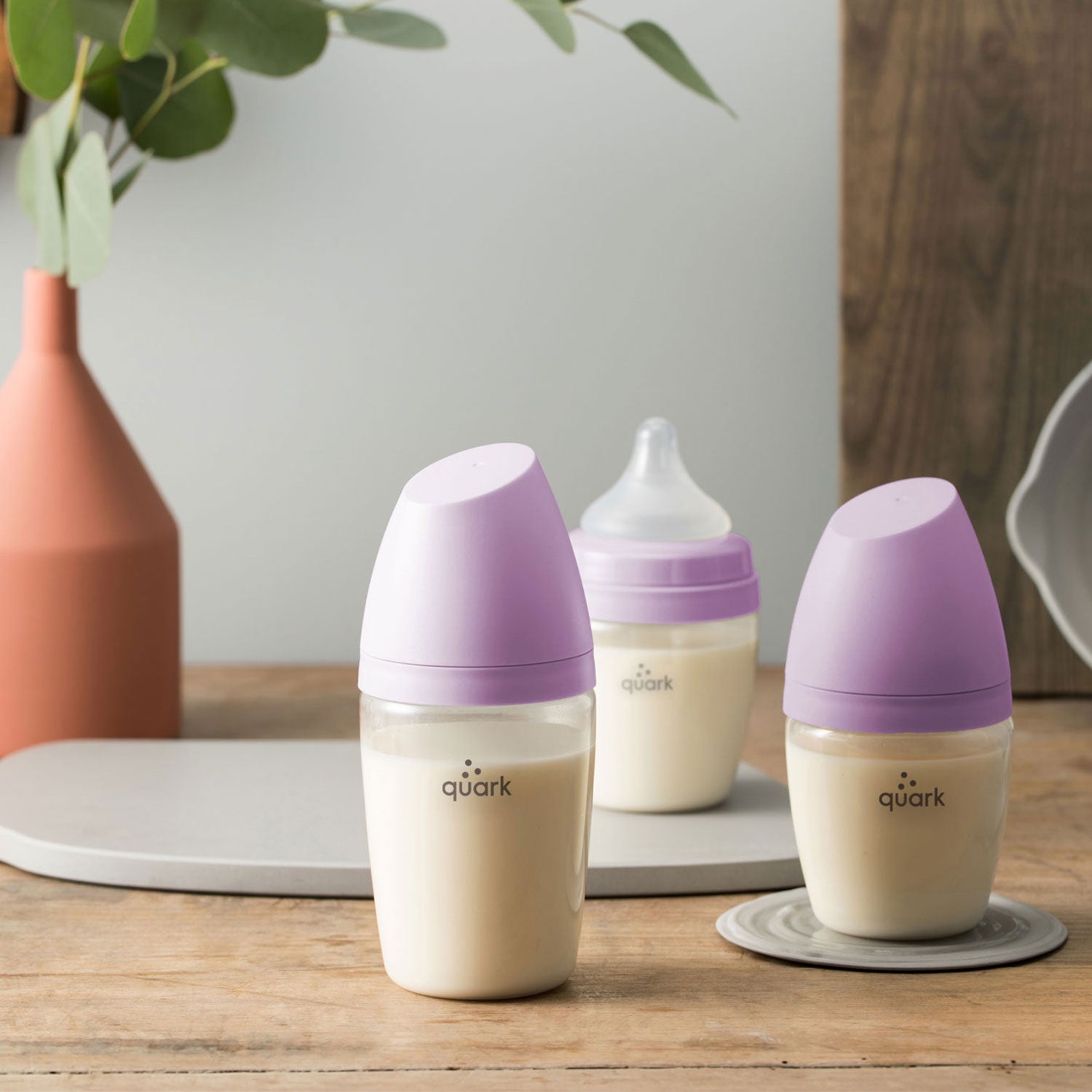
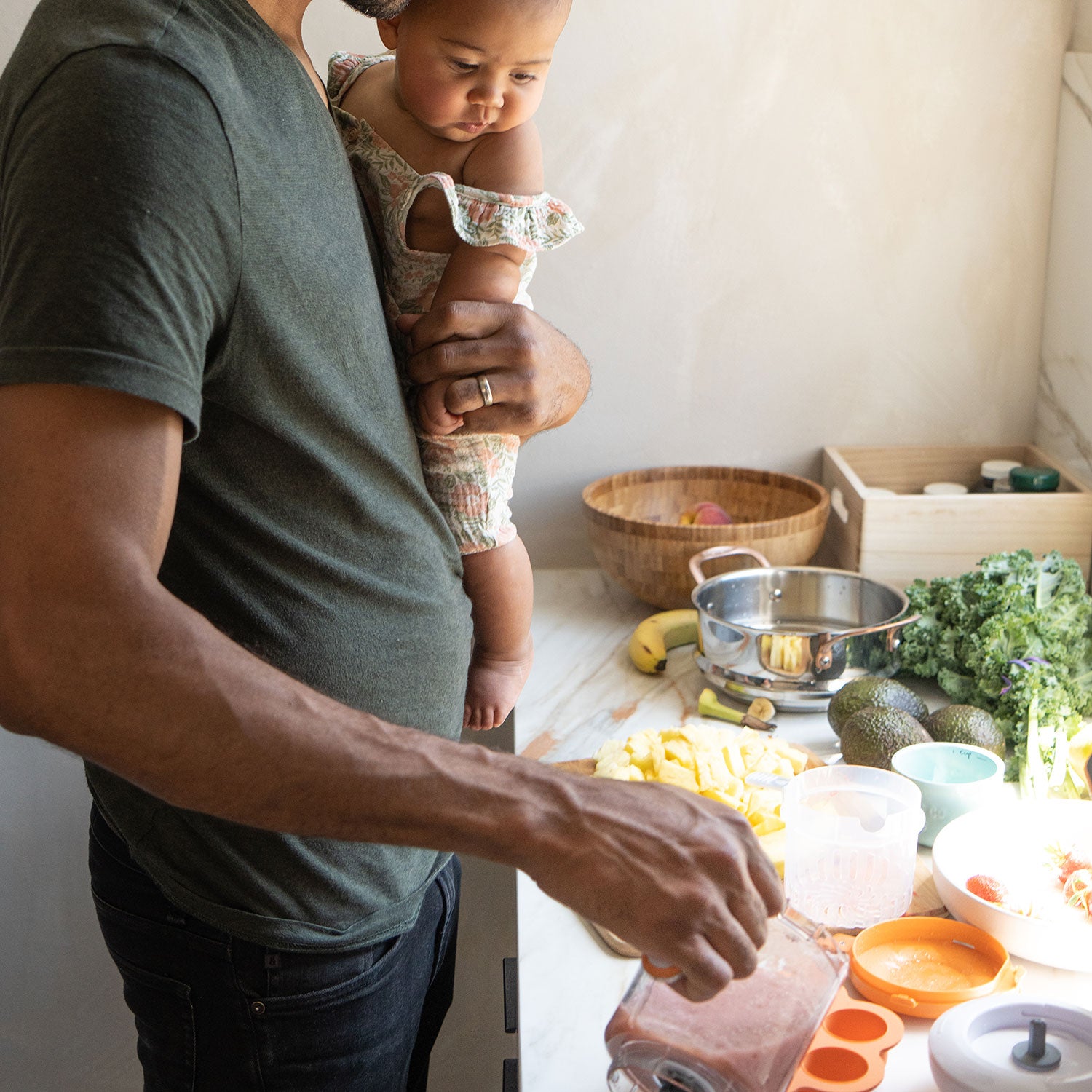
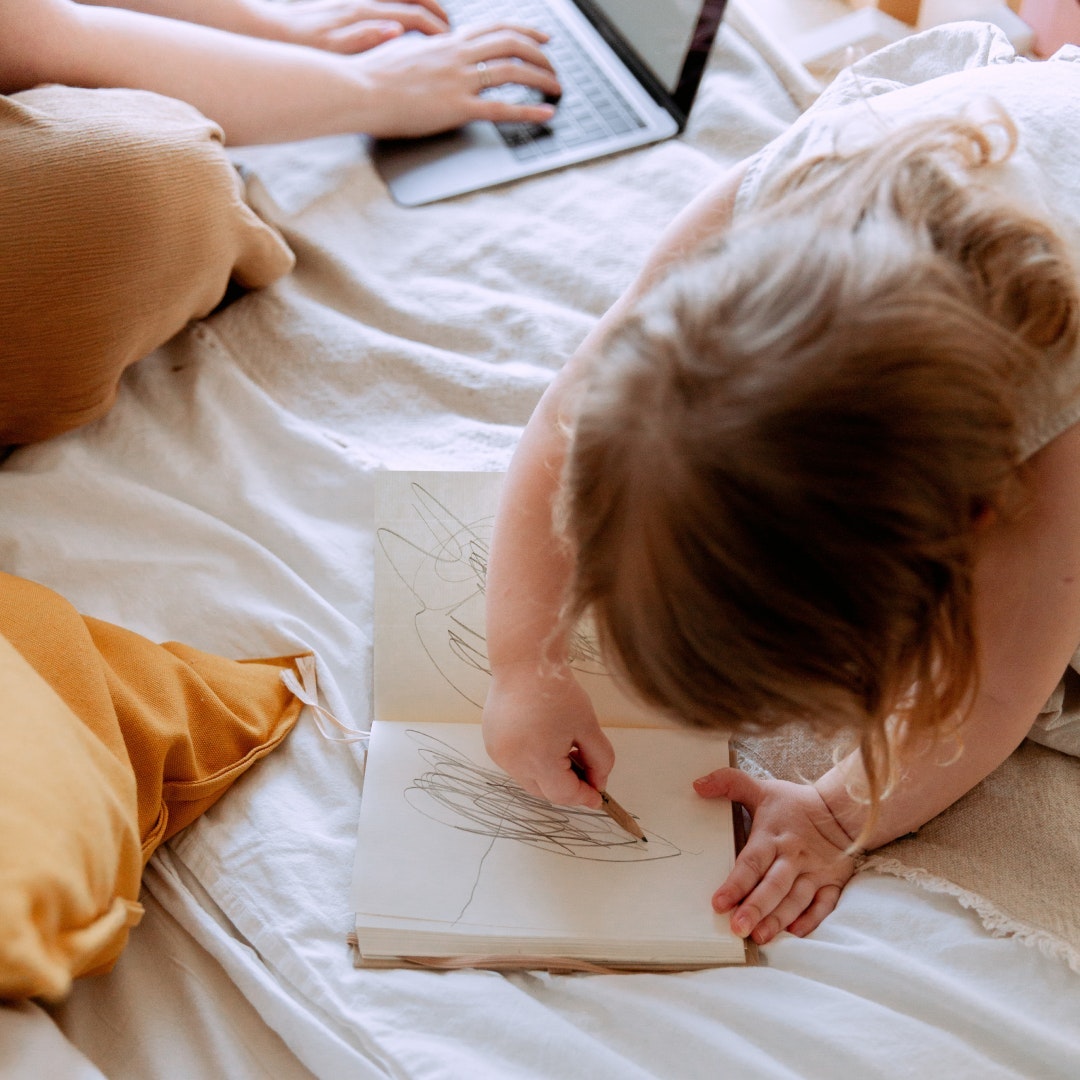
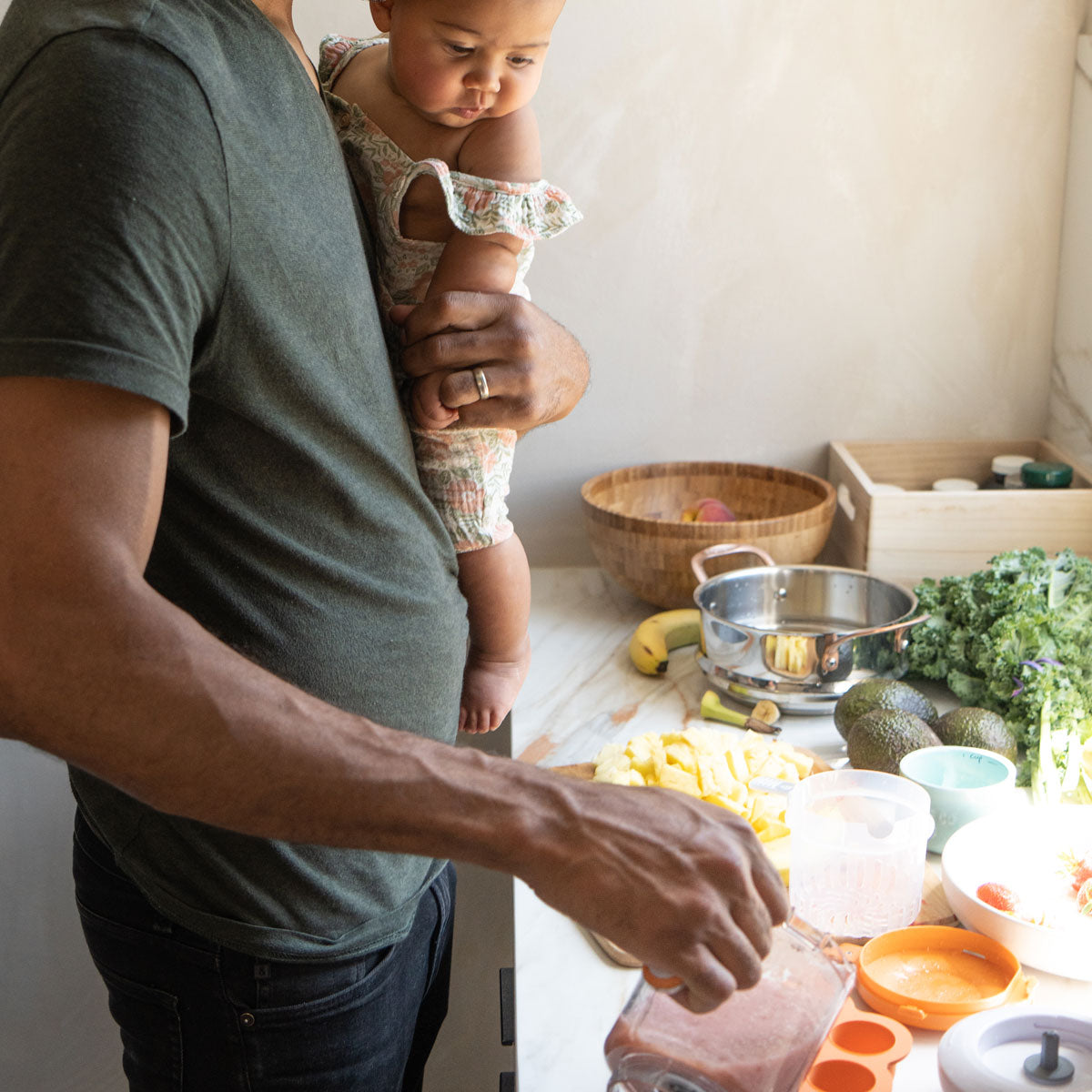
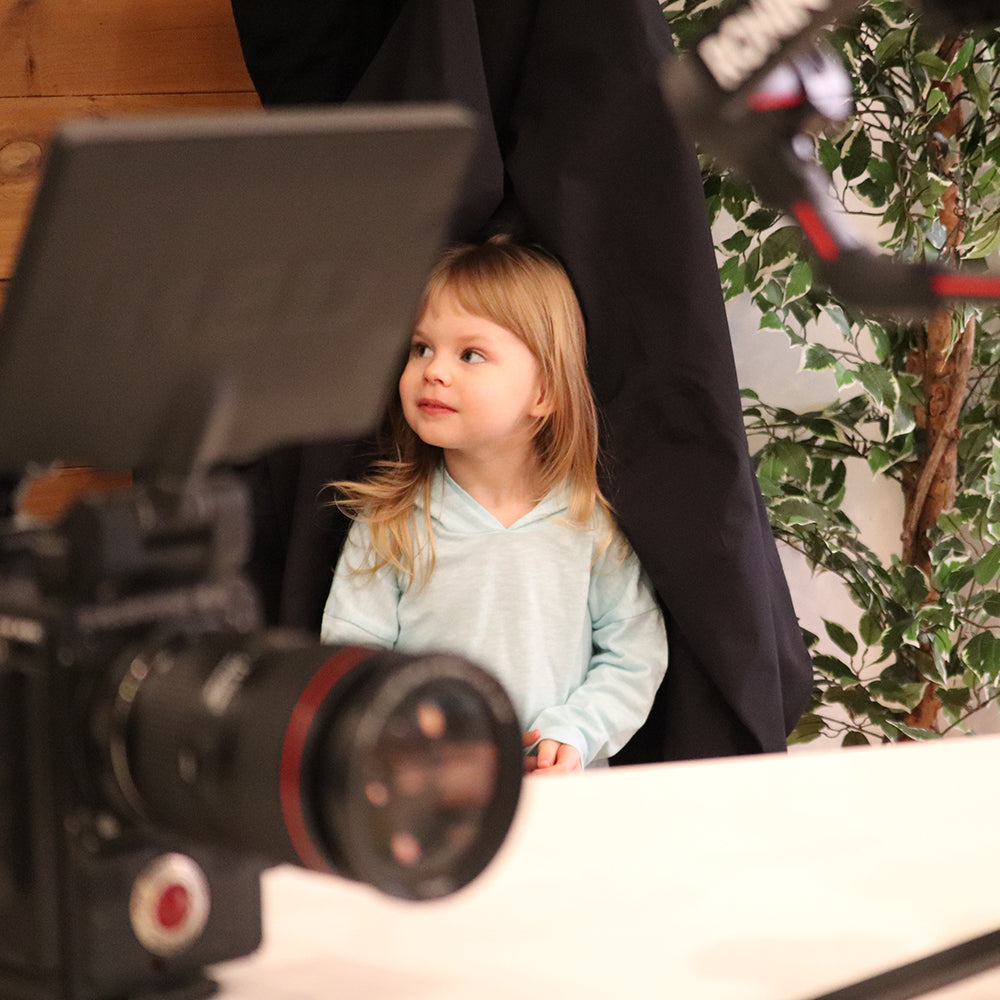
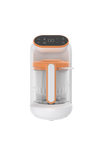
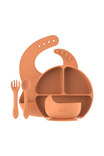
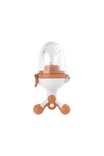
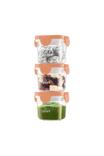
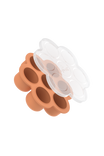
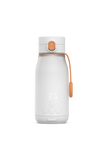
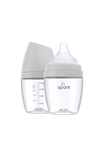
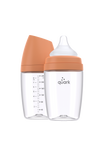
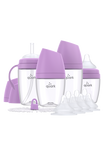
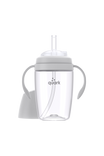
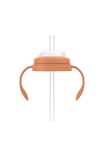
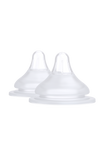
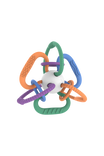

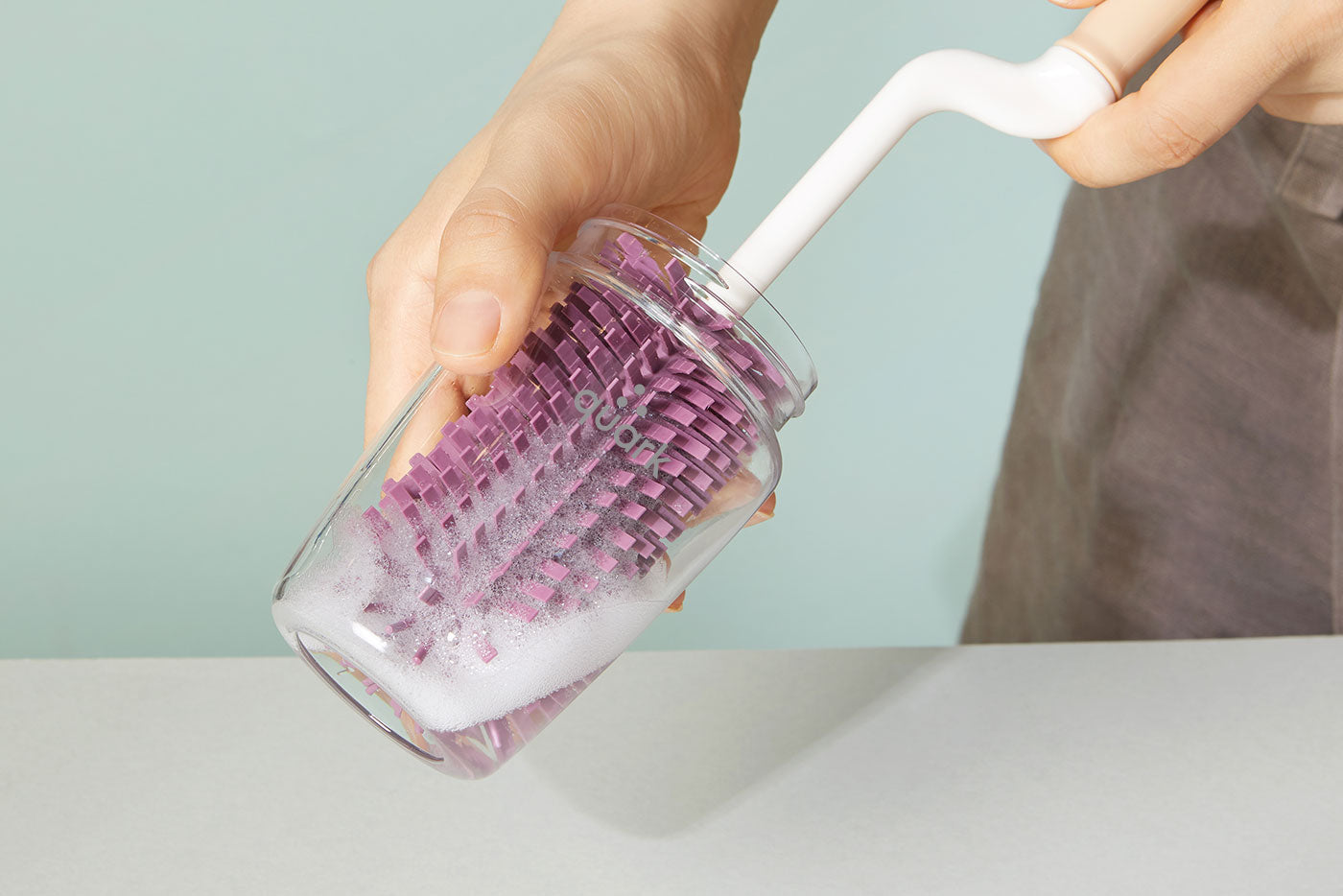
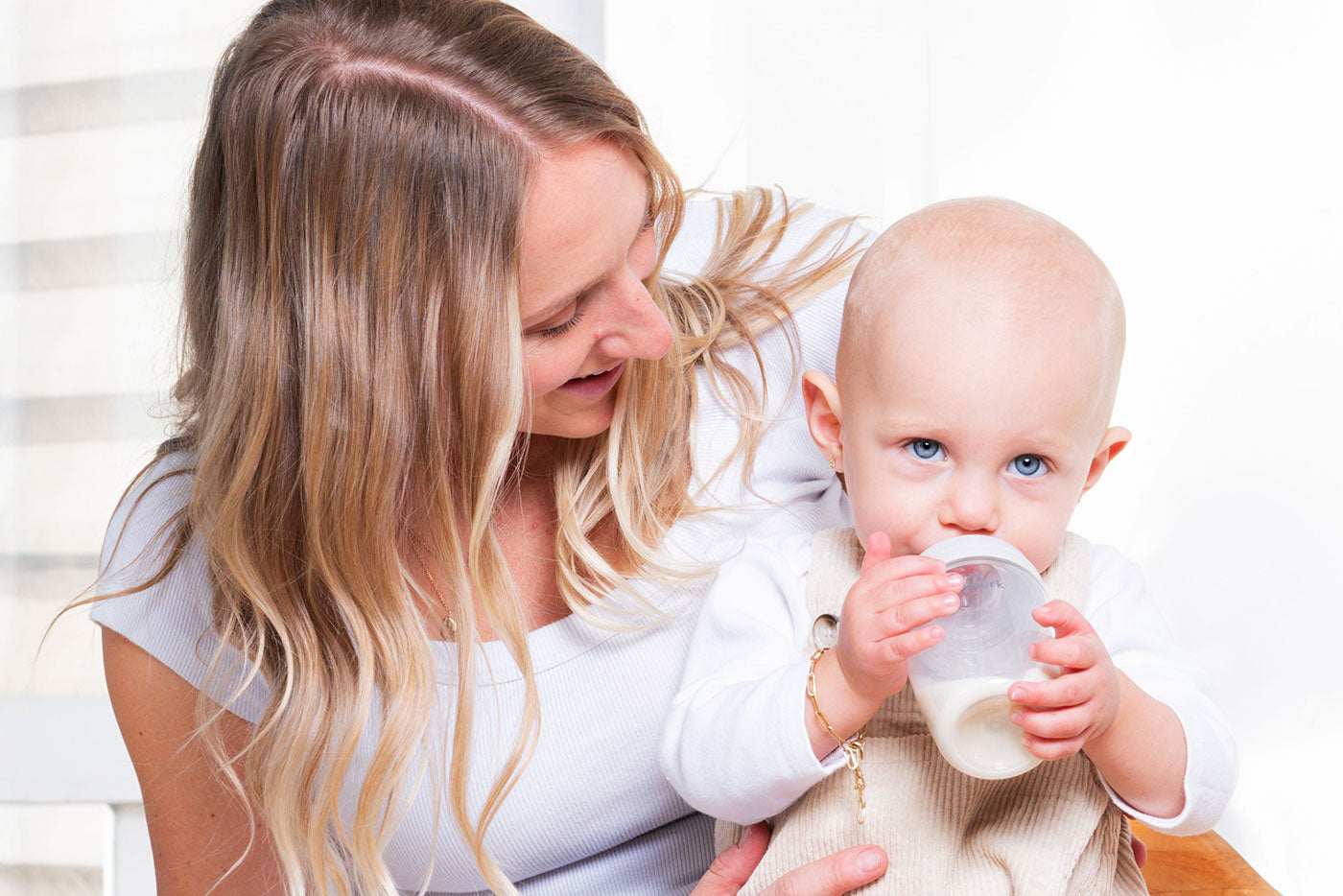
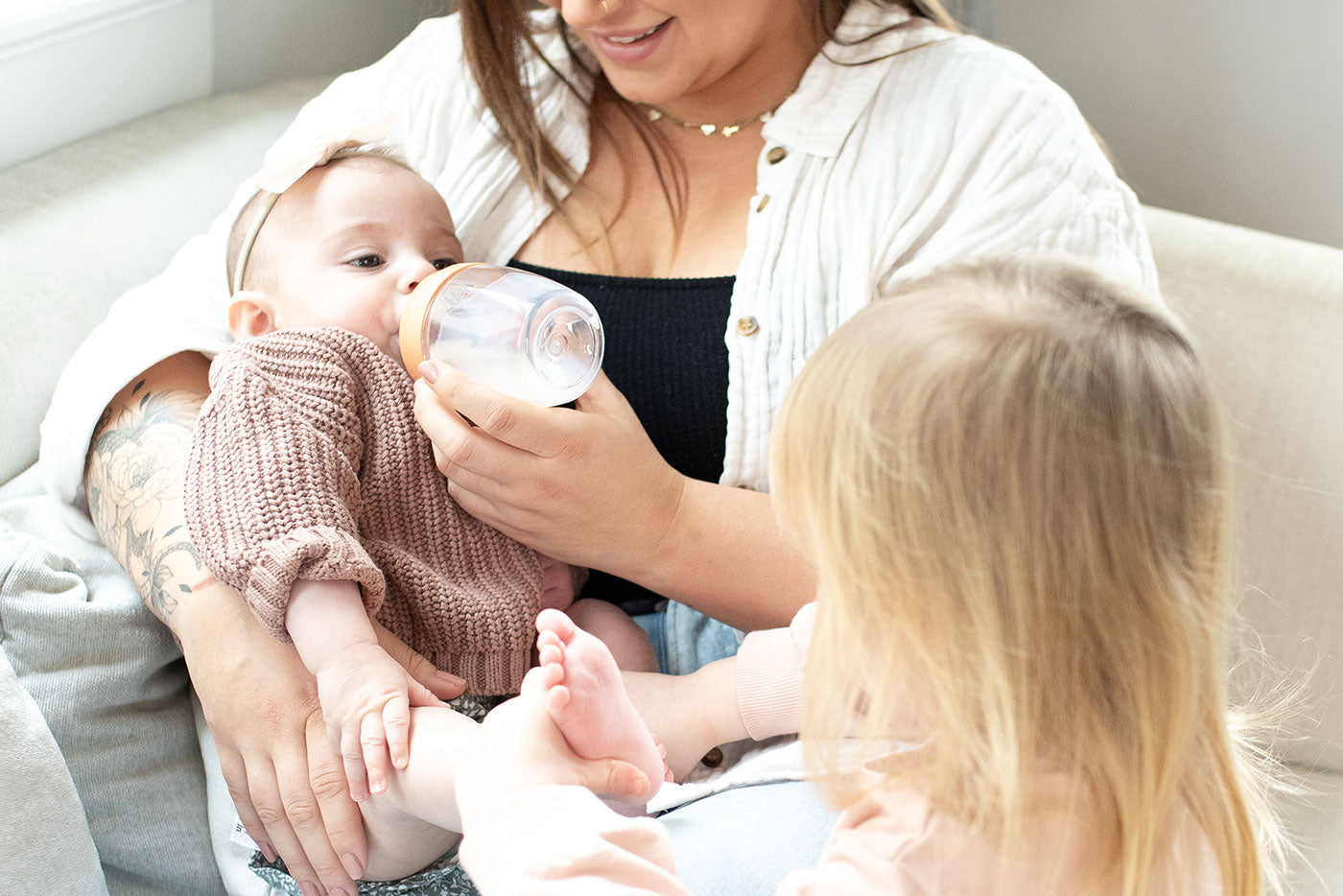
Leave a comment
All comments are moderated before being published.
This site is protected by hCaptcha and the hCaptcha Privacy Policy and Terms of Service apply.